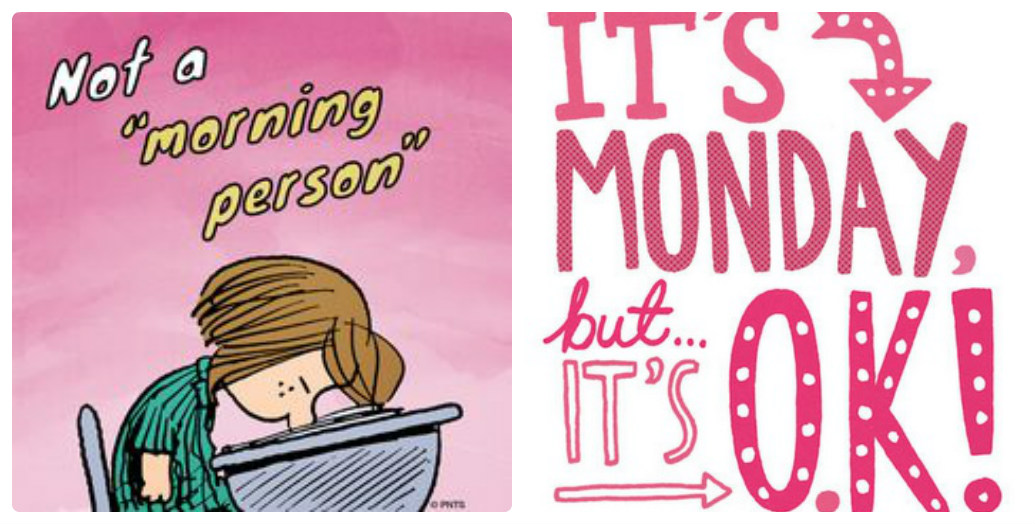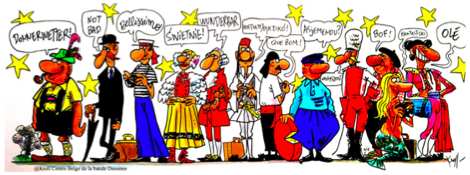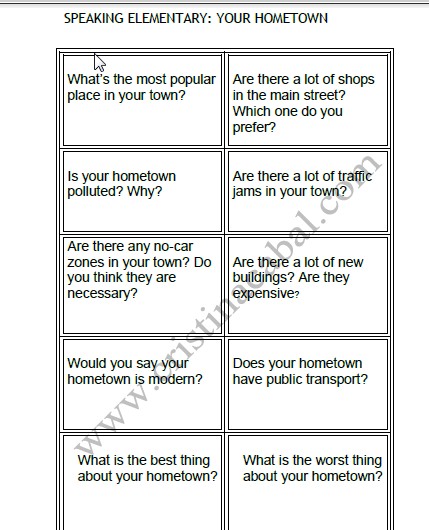Level: Intermediate
It goes without saying you need to use structures and vocab adequate to the level. Important: don’t forget to use connectors and please, do watch your punctuation and spelling!

Level: Intermediate
It goes without saying you need to use structures and vocab adequate to the level. Important: don’t forget to use connectors and please, do watch your punctuation and spelling!


Have I ever told you that I’m not a morning person? Fortunately, at the EOI, I work the afternoon shift otherwise I don’t think I would be able to get a coherent thought out of my mind in Spanish, let alone in English, and I’m sure this is something my demanding students would not be too happy about.
Have I ever told you that I’m not a Monday person either? I very much prefer Fridays… ha,ha,ha … just joking!
Let’s start Monday with a smile on my face and three cups of coffee in my body and this selection of websites to help my Elementary students improve their Listening Skill. Hope it is helpful,guys!
I am going to teach Elementary Level a lesson about shopping and I have found this very easy short video to get started. There are so many things to learn/revise when you are teaching about going shopping! Teaching Going Shopping gives me the opportunity to revise numbers and prices, the shops in a city, items of clothing and a variety of questions including offers and requests. There will be several steps ending up with the students, hopefully, being able to use interactional language in a role-play situation. An example here
Watch the video (if you don’t want to see the introduction, start 40seconds into the video) and answer the questions. Then, activate the subtitles to check your answers.
Question
♥What does the woman want to buy?
♥What kind of …… is she looking for?
♥How much does the woman think the …….. costs?
♥How much does it really cost?
♥Does she buy it?
This is a lesson for intermediate students, which I thought would be interesting to share, mainly because of the video support, which I selected only after some wasted time listening to some very poor quality videos or perhaps good quality videos but which, unfortunately, were not appropriate for this level.

Step 1. What is a stereotype?
A stereotype is a widely held but fixed and oversimplified image or idea of a particular type of person related to their race, nationality and sexual orientation…etc
Step 2. Brainstorming Ideas.
Ask the class. What do you think of when you hear the word British? Give them one or two minutes to write down their answers, and then call on a few students to give you their answers. Play the video National Stereotypes, but don’t show the images, just the audio. How many have they guessed?
Step 3. Brainstorming
In pairs, students try to answer the same question but, this time, about Spain and the Spaniards. Embedded below are some of my students’ answers. Do you agree?
Mapa Mental creado con ExamTime por cristina.cabal
Step 4. Speaking: National Stereotypes
Ask students whether they agree or disagree with the following National Stereotypes
1. The British are violent mad football freaks
2. The Italians are good lovers but bad workers
3. The Chinese eat everything that moves
4. The Germans are very punctual
5. The Swiss love clocks
Have you ever wondered how we sound to speakers of other languages when we speak our native language? Some languages are easy to imitate, as for example the Italian language or the German one but I would never have guessed how a Spanish speaking native sounds to the rest of the world.
In this video the British Sketch comedian, Katherine Tate, volunteers to translate into seven different languages. Hilarious! And I hope nobody takes offence!
Step 6.Speaking. Students in pairs answer the following questions about stereotypes
♥What do people think of when they think of Spain and the Spaniards? Do you think these stereotypes are true or false?
♥Do you know of any stereotypes about British people?
♥What are some stereotypes you know of about women?
♥What are some stereotypes about men?
♥ What stereotypes exist about people who are blonde?
♥Do you think some stereotypes are true?
♥What stereotypes exist about religion?
This is a lesson for Elementary students.
Step 1. Reading and Listening
Mind mapping is a very important learning tool for visual learners. This mind map has been created with Exam Time, which is very easy to use and embeddable, a feature I always appreciate.
There are some steps previous to this mind mapping we wrote on the board, essentially reading and listening about this issue. Form these listenings and readings we gathered and sorted vocabulary that was, then, written on the board.
Step 2. Mind Mapping
What you see below is a nice way of displaying what was written on the board of the classroom with the help of my students.
por cristina.cabal
Step 3. Speaking
For this activity, instead of the typical photocopy with the list of questions to talk about, I have put students in groups of three or four and given each group a set of cards, which they had to place face down on the table. Students in turns pick up a card and talk for as much as they can about the given question. At this point I give my students the usual talk about how important it is now, to “show off.”
This is a snapshot of the cards. Click here if you want to print them.
